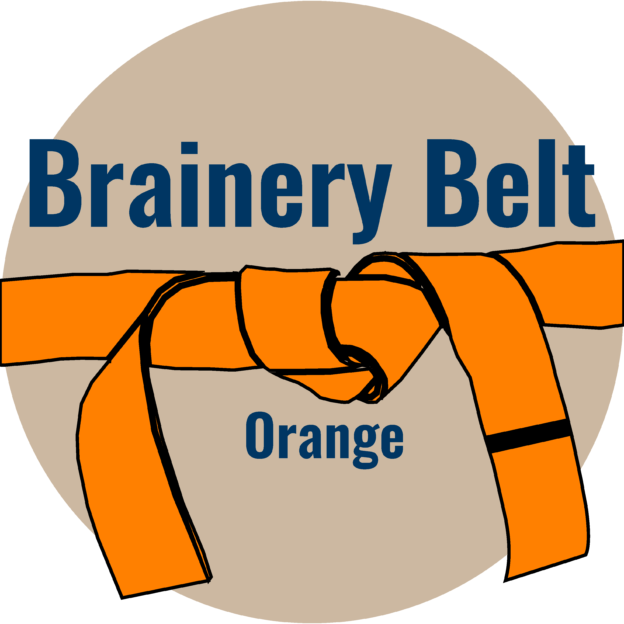
Tips & Tricks
Are you looking for some of the best-known Tips & Tricks or have some to share. This is the place to... View more
Using Snapshots for Overlays
-
Using Snapshots for Overlays
Not sure if this has been brought up before, but it’s worth repeating anyway.
A really good alternative to using the Overlay function, is to do the same using Snapshots (or Snapshot Content). Thank you Liz, Isaac, Jason, or anyone else who uses this trick.
I know the more experienced users know these steps, but indulge me for the newbies.
I start off doing this, I make a blank page, making it the same size as the sheet that I’m taking the Snapshot from and then scale it to match.
Next I take a Snapshot of the bottom layer and paste it into the blank page. Make sure you’re making it big enough so that you include some good reference points, i.e. Gridlines.
Set this snapshot on its own layer.Repeat for the next layers only add these steps.
Once you paste in the next layer, you need to change the Blend mode of the snapshot to Multiply so that it becomes translucent. You also need to change the colours to something different. Then add it to its own layer.
Now all you do is line up your reference points. Repeat as needed. At this point it works pretty much exactly like the Overlay function.
Other tricks… consider flattening your snapshots (remember to allow for unflattening), this will allow you to use the Snap to Content abilities. Just unflatten everything when you’re done.
You can also lock your snapshot in place to prevent you from moving them around after you’re placed them.I also mentioned Snapshot Content. If you have markups on the page you’re taking the snapshot from, you may not want those markups to come forward, in that case use Snapshot Contents File> PDF Content> Snapshot Content. Shift + G if you like keyboards. Weirdly though, its not available to add to a Toolbar.
Log in to reply.



